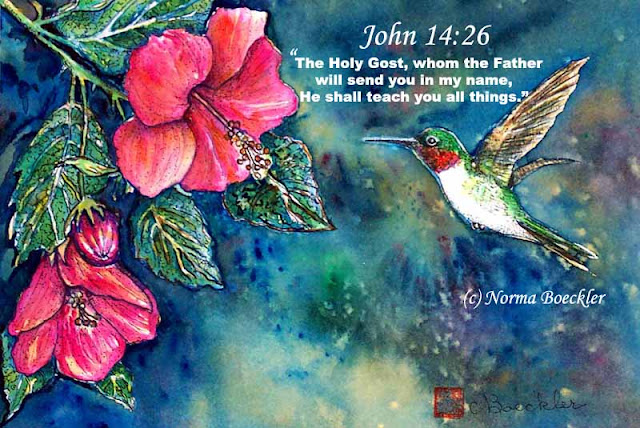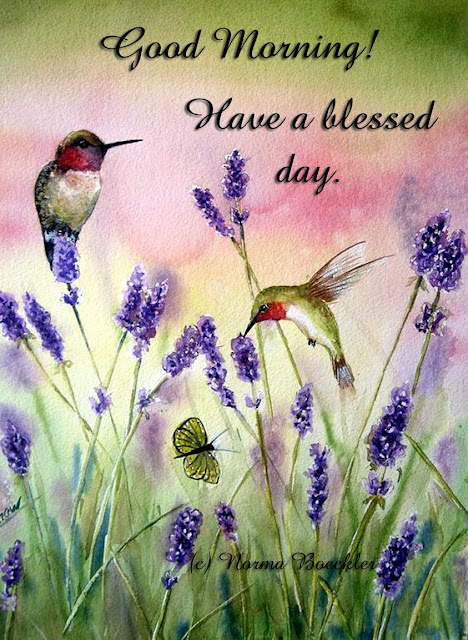 |
| My generation loved the Classics Illustrated, comics giving the basics for the great literature and popular literature of the past. |
A Lutheran Family Robinson is living in a beautiful location for observing Creation. Like many, they are fashioning a home for bees, which means a source of pure honey and beeswax.
I decided to add my earthy advice on how to keep the bees happy and well fed.
I belong to that class of gardeners who start ordering any plant called a pollinator. That designates a plant that will attract and feed bees, hummingbirds, and butterflies. If anyone doubts the Creation of the universe by the Word of God - the Logos - then spend some time sitting on the ground with the pollinators and their associates, since each one needs the others. I never get stung.
Seldom do the scientists acknowledge that the class of living things had to be created within a short period of time, or the eaters and eaten would have died immediately. The greatest rose - Queen Elizabeth - came from a Creationist. The most obnoxious weed - the blackberry - was promoted by an atheist horticulturalist.
Bee Balm - in Gilead
Bee Balm is my all-around favorite because of its prodigious blooms and slow expansion of its territory. I dug a clump up for the Butterfly Garden and now enjoy seeing a large patch of flowers there, a good source for more islands of Bee Balm elsewhere.
Bee Balm grows down near the sidewalk and also close to the front, shaded patio. Some are light blue while the newest are scarlet. People debate whether the color red matters to hummingbirds, but I have seen them darting from one red blossom to the next.
We watch the bees and hummers while we are drinking coffee. One carefully works over each blossom. Hummers sip from the three (3) feeders and fight over territory.
Bee Bread - Borage
Borage – one of the most important honey plants

If we can believe the descriptions of Dioscorides and Pliny the Elder, borage was probably the magical plant used to make a drink of oblivion mentioned in the Homer’s “Odyssey”. The truth is that this plant were used in different ways known from ancient times.
Borage – how is it grown?
Borage is an annual plant with branching stem that usually reaches a height of about 25 inches that is believed to originate from Syria. Now it is grown literally everywhere, and only in North America it takes an overall area of 20,000 acres.
Centuries ago, the Europeans used to make some tea form the leaves of the plant by soaking them in wine. In 1597 a herbalist named John Gerard pointed out several advantages of the herb and even said that the syrup made from the flowers of borage helps healing depression. Nowadays borage is being sown in order to attract bees, which makes it a valuable honey plant.
Borage is a tiny plant, though I have some larger ones from an Amazon order. This little herb is easily sown with abandon, where it will bloom, drop seed, and draw the bees into its tiny flowers, which are pink and blue (no, not gender related, just cute).
Borage does not take over the garden and adds to the overall population of beneficial insects which live by eating pests or leaving their eggs near pests. The little ones hatch and eat the destructive pests.
Borage is easy to grow and inexpensive.
Clethra - Summer Sweet or Sweet Spice
This shrub costs about $20 and grows slowly. How do I rate it? I bought two and they slowly grew, now about 7 feet tall. I bought four more, and one was eaten by a quadruped, devoured. However, the other three were protected by a plastic collar and are flowering today. I only had a total five for the front garden, so I planted four more in the back garden. They are now blooming - tiny but working their way up as pollinators.
Clethra attracts butterflies, as well as many kinds of bees, and hummingbirds. The shrubs have a Cinnabon sweet smell of cinnamon and thrive in the sunlight. I enjoy the way they give off their fragrance the rest of the summer. No one is looking on the porch or driveway and suddenly - "What is that wonderful aroma?"
Clethra are slow to grow when ordered through the mail, but they are long-lasting and pest-free - as long as they can get rooted in the early weeks.
Mountain Mint Finally Fulfilled My Hopes
Mountain Mint was buried under mulch and cardboard - by mistake. We could not find them. The first two tiny plants soon burst through the Stygian darkness of their burial and grew rapidly. I was disappointed that they did not create the flying frenzy of insects I observed at the Washington DC gardens.
But lo, this year has produced two shoulder-high crops where the space above the mint is crazy with butterflies and bees of all types, in constant motion.
Joe Pye Weed and Little Joe Pye
Joe Pye Weed was used by Joe Pye as a medicine - so they say - and is now enjoyed by butterfly and bee enthusiasts. Little Joe Pye is a short version with the same profile and flowers.
Joe Pye enjoys the same energy as Mountain Mint - its bees and butterflies abuzz like satellites trapped in the gravitational pull of earth. The leaves have a strong musk aroma joined by the vanilla scent of the flowers. The large version is a true bully plant, spreading out and up to gain all the solar energy. However, the stalks can be trimmed back for better views of the roses and other garden plants.
Yesterday we were enjoying the Hummingbirds at the feeders, sipping and chasing each other away. Our best view was blocked by Joe Pye stalks, so I cut enough away individual stalks to offer a complete view of the feeding.














